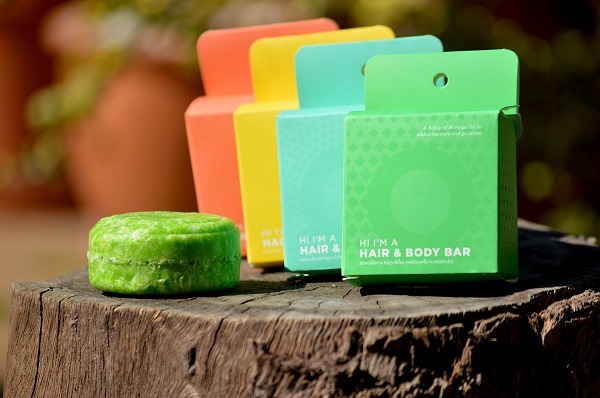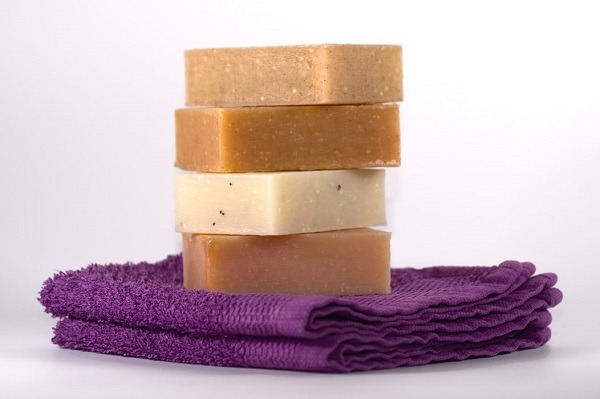As you browse through the different products available on the internet, you might have come across shampoo or conditioner bars and wondered what makes them different from regular soap bars. Essentially, shampoo bars are one of the most favored products for many women worldwide, thanks to their high concentration of natural ingredients and their gentle effect on their hair. We can’t say the same about soap bars, as they contain more harmful chemicals. Although people stopped using shampoo bars after liquid shampoos were mass-produced in the 1940s, there is a significant surge in shampoo bars’ sales nowadays due to their vast array of benefits. Here are some key differences ifyou want to know what makes shampoo bars special from soap bars.
Soap vs. Shampoo
To understand the difference between shampoo bars and soap bars, we’ll need to dig into the chemical basics first. From a chemical perspective, soap is a surfactant that reduces the surface tension of any liquid it is dissolved in. It can be composed of salt of fatty acid, like the lauric, stearic, or palmitic acid, and the soap is then produced by adding a hydroxide base to the liquified animal or plant fat. Both shampoo and soap surfactants work in a similar way, only that shampoo surfactants don’t bond with mineral compounds in hard water and thus they are more effective than soap when using tap water.
PH Balance
The pH balance, which stands for Potential Hydrogen, measures the acidity-alkalinity ratio of a substance. The more hydrogen ions are found in a compound, the more acidic it will be, and the lower the pH level it will have. Cosmetic products always have a healthy, moderate-to-low pH level to guarantee consumer safety. The people at https://pacificspirit.io/shampoo-bars-frequent-questions-and-answers/ highlight that the pH level of any cosmetic product, including shampoo bars and liquid shampoo, must be between 4.5 to 5.5 to be compatible with our skin. Regular soap bars have a high pH balance, which can be around 9.0 and up to 11.0. This is why soap bars are not meant to be used on your body, as they will disrupt the pH balance in both your hair and your skin.
Formulation
Ass you already know, shampoo soaps are rich with surfactants, the substance that activates the cleansing mechanism and produces agents to cleanse away oil and dirt. The low pH levels won’t disturb the oil balance in your scalp but will also cleanse enough for your scalp to feel clean. Sodium Lauryl Sulfoacetate (SLSA) is one of the gentle surfactants, but products that contain large quantities of it can be a bit expensive. Sodium Lauryl Sulphate (SLS) is a harsher and cheaper surfactant, but not as harsh as regular soap, which contains lye.
On the other hand, soap bars go through a hot or cold process that uses oils and lye (sodium hydroxide). Some soaps might have ingredients that are beneficial for your hair, but they’ll still be harsh due to the high lye content, which also increases the pH level of these soaps to more than 7. If you use regular soap to wash your hair, you’ll end up with a frizzy look. While there’s nothing wrong with some natural frizz here and there, washing your hair with lye-based soap can have a drying effect, as it will strip it off the natural oils.
Shampoo Bars Double as Body Soap
What’s excellent about soap bars is that they can double as both body soap and shaving soap since most of their ingredients are natural and pH neutral. This makes them ideal for traveling, business trips, camping, and basically any time you want to wash up quickly. Shampoo bars will save a lot of space since you won’t have to pack soap, shampoo bottles, and conditioners to top it all. Extra bottles can also break and leak, not to mention the excess weight they’ll add to your bags. This is why shampoo soaps are more environment-friendly than liquid shampoos, shower gels, etc. as they come in eco-friendly packaging and use less water than their counterparts. Regular soap bars cannot double as shampoo or body soap for that matter for the reasons listed above.
Now that you know some of the key differences between shampoo bars and soap bars, you can pick your cleaning product knowing which is which. It’s important that you don’t rely on the information manufacturers provide only. Instead, read the ingredients on the package to ensure that the product you’re using is all-natural. Some shampoo bars can still contain lye, so it’s crucial that you read the ingredients and look for ingredients that end with the suffix “ate”. For example, Sodium Palmitate and Sodium Olivate are made from lye, and they are commonly found in many cosmetic products.


